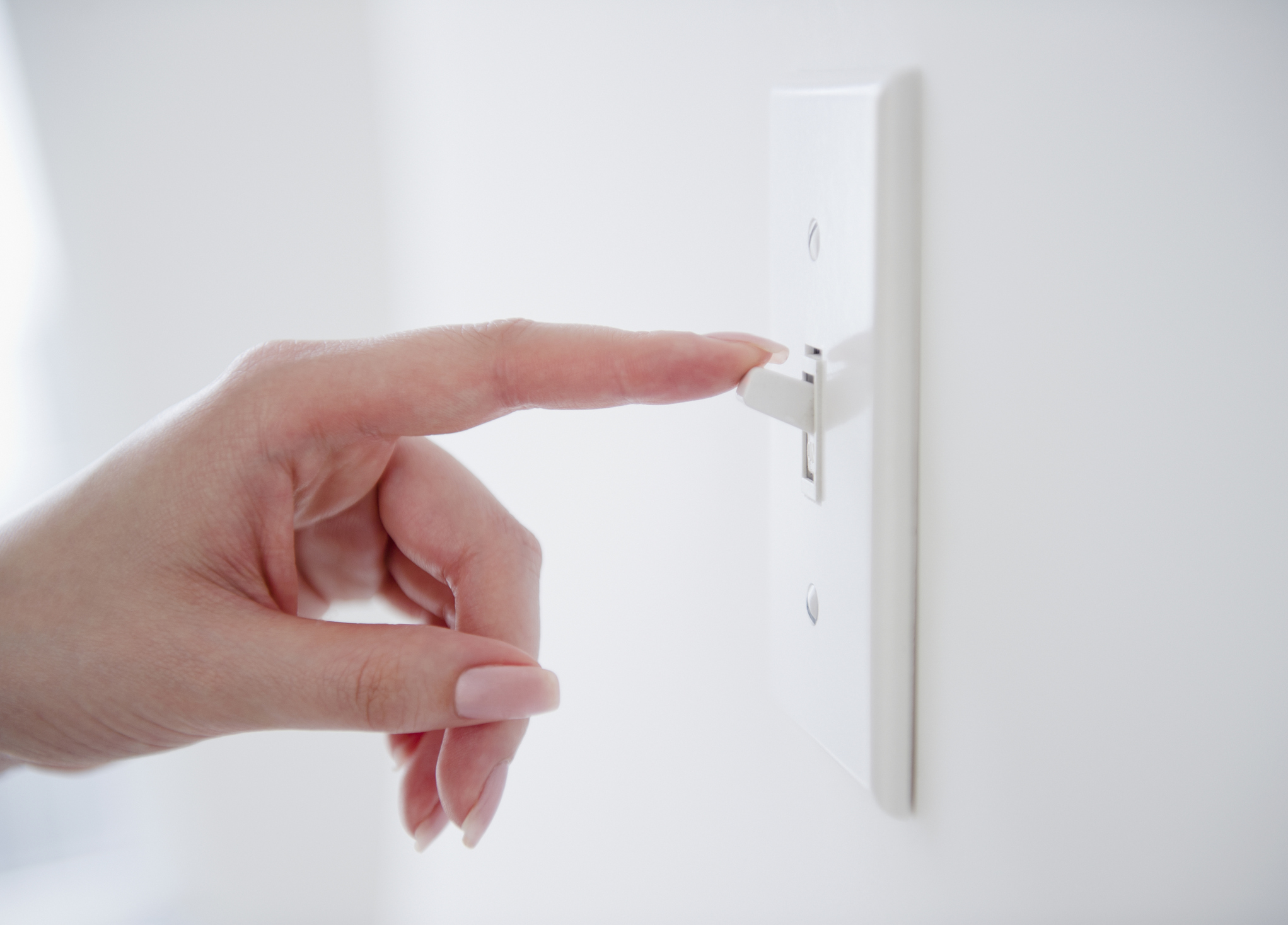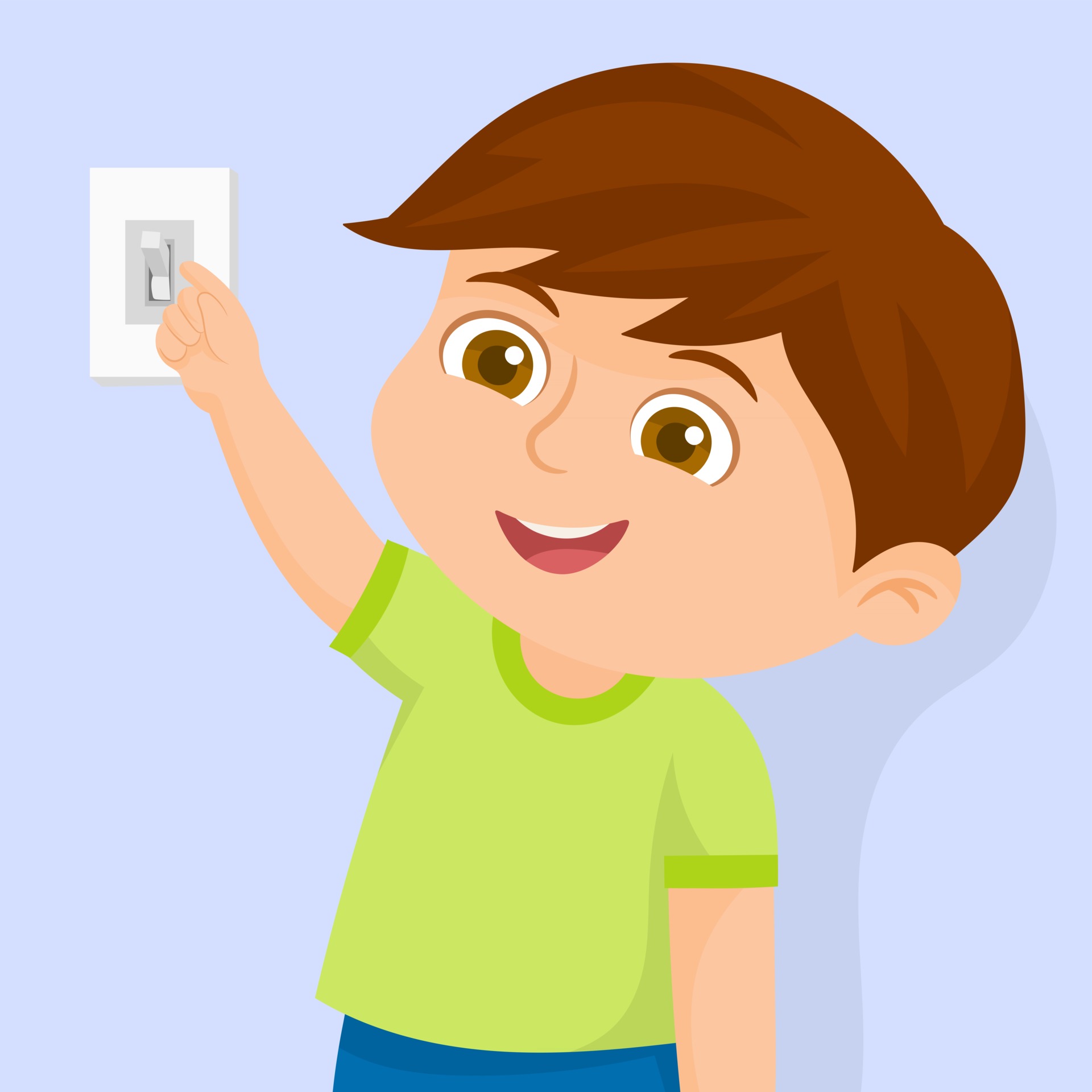The Science of Sleep: Switch Off Bedroom Light

Sleep is a fundamental human need, as essential as breathing, eating, and drinking. It is during sleep that our bodies and minds can rest, repair, and rejuvenate. While we sleep, our brains process information, consolidate memories, and regulate our emotions. The quality of our sleep directly impacts our physical and mental well-being.
The Impact of Light on Melatonin Production
Melatonin is a hormone produced by the pineal gland in the brain. It plays a crucial role in regulating our sleep-wake cycle, also known as the circadian rhythm. The production of melatonin is highly sensitive to light exposure. During darkness, the pineal gland releases melatonin, signaling to the body that it’s time to sleep. As light levels increase, melatonin production decreases, prompting the body to wake up.
The Benefits of a Dark Bedroom Environment
A dark bedroom environment is essential for promoting quality sleep. Darkness triggers the release of melatonin, promoting feelings of drowsiness and preparing the body for sleep. Artificial light, especially blue light emitted from electronic devices, can suppress melatonin production, disrupting natural sleep patterns.
Artificial Light Disrupts Natural Sleep Patterns
Artificial light, especially blue light emitted from electronic devices like smartphones, tablets, and computers, can significantly disrupt our natural sleep patterns. Blue light is known to suppress melatonin production, making it harder to fall asleep and stay asleep. Exposure to artificial light before bed can delay the onset of sleep, shorten sleep duration, and lead to poorer sleep quality.
Practical Tips for a Better Night’s Sleep

Achieving a good night’s sleep is crucial for overall well-being. It allows your body and mind to rest and rejuvenate, preparing you for the day ahead. While some people naturally fall asleep easily, others find it challenging. Fortunately, there are practical tips you can incorporate into your daily routine to improve your sleep quality.
Creating a Relaxing Bedtime Routine
A consistent bedtime routine signals to your body that it’s time to wind down and prepare for sleep. This routine can involve a series of activities that help you relax and de-stress.
- Dim the Lights: As evening approaches, gradually dim the lights in your home to mimic the natural decrease in sunlight. This helps to signal to your body that it’s time to prepare for sleep.
- Avoid Screen Time: The blue light emitted from electronic devices can interfere with melatonin production, a hormone that regulates sleep. Avoid screen time for at least an hour before bed, or use blue light filtering glasses to minimize the impact.
- Take a Warm Bath or Shower: A warm bath or shower can relax your muscles and help you feel drowsy. The slight drop in body temperature after exiting the bath can further promote sleepiness.
- Read a Book or Listen to Relaxing Music: Engaging in calming activities like reading or listening to soothing music can help to quiet your mind and prepare you for sleep. Choose content that is not stimulating or stressful.
- Practice Relaxation Techniques: Techniques such as deep breathing exercises, meditation, or progressive muscle relaxation can help to reduce stress and promote relaxation.
Optimizing Bedroom Conditions
The environment in your bedroom plays a significant role in sleep quality. Creating an optimal sleep environment can help you fall asleep faster and sleep more soundly throughout the night.
- Maintain a Cool Temperature: The ideal bedroom temperature for sleep is around 65 degrees Fahrenheit (18 degrees Celsius). A cooler temperature helps to regulate your body temperature and promote sleepiness.
- Minimize Noise: Excessive noise can disrupt sleep. Use earplugs, a white noise machine, or a fan to minimize distracting sounds. If noise is a persistent issue, consider investing in soundproof curtains or other noise-reducing solutions.
- Ensure Darkness: Light can interfere with melatonin production, making it difficult to fall asleep. Use blackout curtains or an eye mask to block out any light sources.
- Create a Comfortable Sleep Environment: Choose a comfortable mattress, pillows, and bedding that support your body and provide optimal comfort. Ensure that your bed is properly sized for your body and that you have enough space to move around comfortably.
Utilizing Blackout Curtains or Eye Masks
Light can significantly disrupt sleep, especially during the night. Blackout curtains or eye masks are effective tools for blocking out light and creating a dark and restful sleep environment.
- Blackout Curtains: Blackout curtains are designed to block out almost all light, creating a completely dark environment. They are particularly helpful for people who live in areas with streetlights, early morning sunlight, or other sources of light pollution.
- Eye Masks: Eye masks provide a more portable solution for blocking out light. They are especially useful for people who travel or have difficulty sleeping in brightly lit environments.
Beyond the Bedroom

The influence of light extends far beyond the confines of our bedrooms, shaping our moods, alertness, and overall well-being throughout the day. While we’ve explored the importance of darkness for sleep, understanding how different types of light affect us during waking hours is equally crucial for maintaining a healthy circadian rhythm and maximizing our productivity.
The Impact of Blue Light, Switch off bedroom light
Blue light, emitted from electronic devices such as smartphones, tablets, and computers, has become an integral part of modern life. While blue light plays a vital role in regulating our sleep-wake cycle during daylight hours, excessive exposure at night can disrupt our natural sleep patterns. The blue wavelengths of light suppress the production of melatonin, a hormone essential for inducing sleepiness. This disruption can lead to delayed sleep onset, reduced sleep duration, and impaired sleep quality.
Light and Mood
Light has a profound impact on our mood and alertness. Exposure to bright light, particularly sunlight, stimulates the production of serotonin, a neurotransmitter associated with feelings of happiness and well-being. This is why spending time outdoors, especially during the day, can have a positive effect on mood. Conversely, limited exposure to natural light, especially during the winter months, can contribute to seasonal affective disorder (SAD), a type of depression linked to changes in the amount of daylight.
Light and Alertness
Different types of light have varying effects on alertness. Blue light, as mentioned earlier, can increase alertness and suppress melatonin production, making it ideal for daytime activities that require focus and concentration. However, exposure to blue light at night can disrupt sleep, leading to daytime fatigue and decreased productivity. Conversely, red light, which has longer wavelengths, is less disruptive to melatonin production and can promote relaxation and sleepiness.
Automating Light Settings with Smart Home Technology
Smart home technology offers a powerful tool for optimizing light settings to support healthy sleep patterns. By automating light schedules, we can create a more conducive environment for sleep and wakefulness.
Key Features
- Dimming Lights Gradually at Night: Smart bulbs can be programmed to gradually dim the lights in the evening, mimicking the natural sunset and signaling the body to prepare for sleep.
- Using Warm White Light in the Evening: Smart bulbs can switch to warmer white light tones in the evening, reducing blue light exposure and promoting relaxation.
- Setting Wake-Up Lights: Smart bulbs can be programmed to gradually brighten the lights in the morning, simulating sunrise and helping to wake the body naturally.
Example: Using a Smart Home System
Imagine a smart home system with a central hub that controls all the lighting in your house. You can program the system to dim the lights in the living room and bedroom gradually from 8 pm to 10 pm, switching to warm white light tones during this time. Simultaneously, the system can be programmed to turn on a wake-up light in your bedroom at 7 am, gradually increasing brightness over 30 minutes to simulate sunrise. This automated lighting schedule can help to establish a consistent sleep-wake cycle, promoting better sleep quality and daytime alertness.
